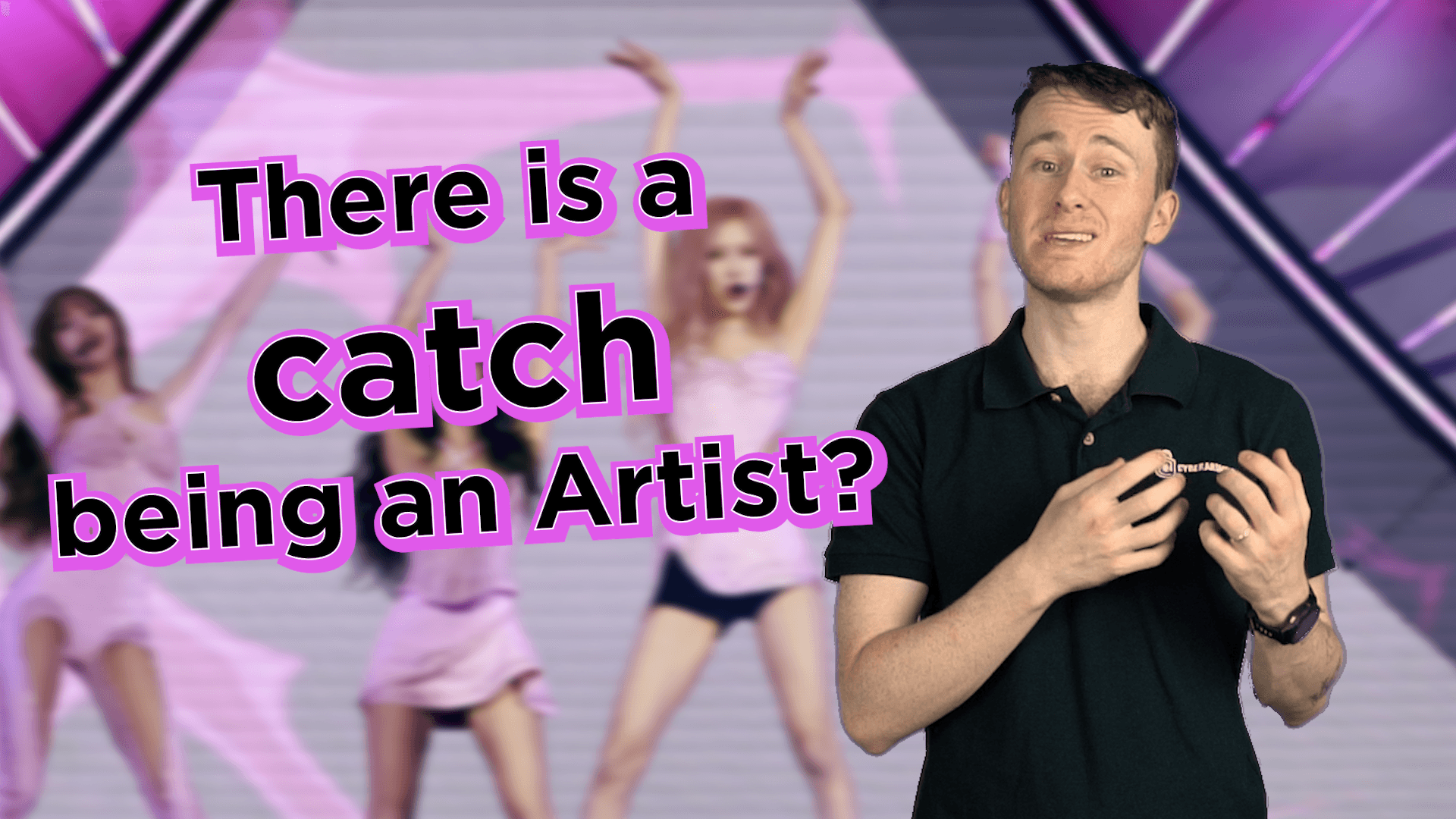The Art of Effective and Ethical Leadership

All effective leaders have followers, power, and effective implementation. However, the techniques of effective leadership are morally neutral. What differentiates effective, ethical leadership from unethical leadership are the purposes. We propose a six-step framework to help leaders make effective and ethical decisions.
Followers
Leaders need followers. The bond between leaders and led ranges from the virtual relationship between social media influencers and followers to the authoritarian impact of toxic leaders[i], dictators and cult leaders.
Power
There are two underlying styles of leadership, arising from evolutionary social development– dominance and prestige[1] – each has “contrasting expressions, functions, histories, and neural and developmental pathways” [2]. The styles are defined by the ways they deploy the five foundations of power.[ii] Leadership effectiveness depends on choosing a style that is contextually appropriate.
Dominance leadership has three foundations:
- Legitimate power: formal authoritarian power is based on organisational duties and position and is scalable as a result.[3]
- Coercive power: is the authoritarian ability to sanction, or punish others. Extensive use of coercive power is often a sign of toxic leadership.[4]
- Reward power: depends on the ability to confer rewards, (e.g., benefits in kind, time-off, increases in pay, or responsibility, and promotion).[5]
Prestige leadership has two foundations:
- Referent power: authoritative expertise or ability which attracts others and builds a loyal cadre as a result of the charisma and interpersonal skills of the individual. Unstable on its own and difficult to scale, it can be very effective when combined with coercive and reward power.[6]
- Expert power: is authoritative and based on the particular skills and expertise of an individual and the organizations’ need for them. Expert power can be eroded or enhanced by changing circumstances.[7]
Two imperatives favour dominance over prestige leadership: the need to achieve scale; and the desire for continuity of bloodline. The founders of the Chinese Han and Ming dynasties and Napoleon all began as prestige leaders. Yet by the end of their histories, they had adopted dominance leadership.
Effective Implementation
Dominant and prestige leadership techniques are optimized by recognizing the importance of context. Effective leaders do not rely on a single style and recognize that different contexts demand different styles of leadership illustrated in Figure.1.

Figure.1: The Principles and Practice of Effective Leadership
In Figure 1, the vertical vector shows prestige leadership is a function of referent and expert power and tends to build over time. The further from the origin, the greater the power.
The horizontal vector shows how, over time, the effectiveness of dominant leadership increases with increasing legitimacy, coercion, and reward power. Legitimacy comes first, it allows individuals to use coercive power to achieve their goals, and deploy reward power. The further from the origin, the greater the dominance.
The dotted line represents the “trade-off boundary” that arises when prestige and dominant leadership are regarded as a binary choice.
The “effective leadership” vector recognises leadership as a “both and” activity. Effective leaders adopt contextually appropriate styles, allowing them to achieve superior outcomes beyond the “trade-off boundary” up to the “leadership effectiveness frontier”.
Moral Purpose
It seems to us, that there are generally accepted moral laws, regardless of culture, described by C.S. Lewis.[8] No leader, in our experience, says with pride, “I am a thief” or “I am corrupt” or “I damaged the environment”. They propose specious justifications; “If I didn’t do it, someone else would” or “It is the local cultural practice to give gifts”. When people behave ethically, such justifications are not required.
Our view of leadership does not mean that effective leaders who are ethical must abandon their objectives to make the world a better place. Instead, it requires them to recognize that to achieve their goals, they first must acquire the power to make things happen; settling for what is achievable at each stage of their journey towards their goals. Machiavelli was the first to explain the ethical dilemma; leaders who put the purity of their ideology first and are unwilling to make the compromises needed to achieve power end up being ineffective.
As Deng Xiao Ping, put it: “It doesn’t matter whether the cat is black or white, as long as it catches mice” or as Rishi Sunak, the UK Chancellor of the Exchequer, explained at the Conservative Party Conference on October 4 2021: “I care about what works, not about the purity of any dogma”. The message was the same during the Global Financial crisis, when Mario Draghi (Governor of the European Central Bank) declared “Within our mandate, the ECB is ready to do whatever it takes to preserve the euro. And believe me, it will be enough”[9].
Ethical and Effective Decision-Making
Making decisions that are both ethical and effective requires consideration of six steps, each reflecting a different ethical approach:[iii][10]
1.The first step is to establish the opening balance in our “Moral Capital” account, which reflects our beliefs, values and purpose.[iv] The personal “Moral Capital” we accumulate can be represented in three circles, using the planet as an analogy.[v] Although the boundaries between the circles are drawn as fixed frontiers, in reality, they are porous, allowing influences from each of the circles to flow into each other.

Figure 2” “Moral Capital” and Circles of Beliefs and Values
The circle at the centre of Figure 2 reflects Lewis’ moral laws; the “Universal Core” of beliefs and values that major faiths endorse, summarized in the “Golden Rule”.
Principles that are sometimes questioned or ignored belong in the second circle – the “Cultural Mantle”. The interaction of diverse cultures creates a world with more possibilities but also creates stresses and strains in polities and organisations. Differences in the “Cultural Mantle” have increasingly found expression in the “culture wars”, which appear to have broken the USA into four different “tribes”[11] whose desired destination for America have become increasingly incompatible. Boards, senior management and employees may belong to different cultures and experience dissonance and disengagement when conflicts arise. Conflicts between goals of groups are contextually conditional, making it hard to decide which set of values and beliefs has priority. What is right in one context may be wrong in another.
The outermost circle – the “Regulated Atmosphere” - incorporates legal restraints and societal expectations that affect day-to-day living. Typical examples are rule breaking where individuals are willing to pay fines when caught and repeat the offence (e.g., speeding, parking).
Once our initial “Moral Capital” has been established move to step 2.
2.Here we determine the effectiveness of proposed actions in achieving the purpose. Do the “ends justify the means”[vi]? Only once we have verified that proposed actions will deliver desired ends through a process of external and internal stakeholder engagement, should we move to step 3.
3.The third step is to ensure actions are acceptably mutual; that they represent a fair burden on all affected.[vii] Only if intended actions are acceptably mutual, should we move to step 4.
4.The fourth step is to apply the predictability test.[viii] Without this step, implementation of decisions is often contradictory and confusing. Only once we have checked that proposed actions align with other policies and procedures; should we move to step 5.
5.A critical step is to determine the utility of the decision; whether it delivers the maximum benefit for the maximum number of people affected by it. Once we have a reasonable belief that what we are proposing will deliver the greatest good for the greatest number, we should move to step 6.
6.Finally, we must decide whether we are personally comfortable with what we are proposing or what we are agreeing to, based on self-image ethics, considering the impact of our decisions on our “Universal Core”, “Cultural Mantle” and “Regulatory Atmosphere” beliefs and values. Does the balance in our “Moral Capital” account increase or diminish as a result of our actions?
An obstacle in moving to the next step at any step in the cycle shown in Figure 3, is a red flag; warning that the decision might be ineffective, unethical, or both. In such a case, we must re-examine our assumptions and reasoning; and then decide whether the risks are still worthwhile

Figure 3: Six Steps to Effective and Ethical Decision-Making
Summary
Leadership techniques are morally neutral. Leaders should be both effective and ethical. However, the techniques of effective leadership do not ensure a good moral purpose and a good moral purpose does not guarantee effective leadership. To be effective and ethical, leaders must be able to reconcile pragmatism with ideological purity, and we suggest a six-step ethical framework to help them achieve this.
Leadership
References:
[i] Toxic leaders lack integrity and honesty, lie to bolster a compelling vision; put their personal glory above the well-being of others; are narcissists and arrogant fostering incompetence and corruption; intimidate, demoralize, demean and marginalize others; violate opponents’ and followers’ basic human rights; retain power by undermining potential successors and fail to nurture other leaders; feed followers’ illusions, misleading through untruths and misdiagnoses, based on fear; stifle constructive criticism, “shoot the messenger”, encouraging compliance; set constituents against one another, encouraging division; and subvert institutions, structures and processes intended to generate truth, justice and excellence.
For a detailed discussion of toxic leadership, see Zinkin, J., and Bennett, C., The Principles and Practice of Effective Leadership, (Berlin/Boston: Walter de Gruyter), pp21-28
[ii] For a detailed discussion of the two types of leadership, see op. cit. pp23-30
[iii] For a detailed discussion of the six ethical approaches and how to apply them, see op. cit., pp299-321
[iv] Aristotle and Confucius laid down different cultural foundations for values and beliefs. For a detailed discussion, see op. cit., pp301-304
[v] Earth has a permanent core, a changing mantle which causes the shifts in tectonic plates and earthquakes, and an atmosphere in which we live and breathe.
[vi] Machiavelli was the first to make the case that effective leadership was consciously amoral and that a prince must do “whatever it takes” to get his hands on the levers of power and hold on to them if he was to rule effectively. (Machiavelli, N., (1513), The Prince, (Harmondsworth: Penguin Books, 1999)). For a detailed discussion of Machiavelli’s thinking, see, op. cit. pp9-21, 304-307
[vii] Rousseau was the first to make the case for a Social Contract. (Rousseau, J-J., (1762), Of the Social Contract, Principles of Political Right). For a detailed discussion of Rousseau’s thinking, see, op. cit., pp307-308
[viii] Immanuel Kant developed the concept of the Categorical Imperative. (Kant, I. (1781/1787) Critique of Pure Reason). For a discussion of his ideas, see op. cit., p309
[1] Vugt, M., Hogan, R., and Kaiser, R. (2008). “Leadership, Followership, and Evolution: Some Lessons From the Past”, The American Psychologist. 63. 182-96. 10.1037/0003-066X.63.3.182.
[2] Van Vugt, M. and Smith, J. E. (2019), “A Dual Model of Leadership and Hierarchy: A Synthesis”, Trends in Cognitive Science, Cell Press Reviews, November 23, 2020, p.952, accessed on July 11, 2020
[3] French, J. R. P., and Raven, B. H. (1959). “The bases of social power”, In D. Cartwright (Ed.), Studies in social power (pp. 150–167). Ann Arbor, MI: Institute for Social Research.
[4] Ibid.,
[5] Ibid.,
[6] French, J. R. P., and Raven, B. H. (1959), op. cit.,
[7] Ibid.,
[8] C. S., Lewis (1941), “The Reality of the Moral Law”, (BBC Talk 2, Mere Christianity, Chapter 2) broadcast on August 13, 1941, YouTube, accessed on December 26, 2020
[9] Draghi, M., (2012), “Verbatim of the remarks made by Mario Draghi, European Central Bank, July 26, 2012, accessed on September 6, 2021
[10] Zinkin, J., and Bennett, C., (2021), The Principles and Practice of Effective Leadership, (Berlin/Boston: Walter de Gruyter), pp301-318
[11] Packer, G., (2021), “How America Fractured Into Four Parts”, The Atlantic, July/August 2021 Issue, accessed on July 12, 2021






